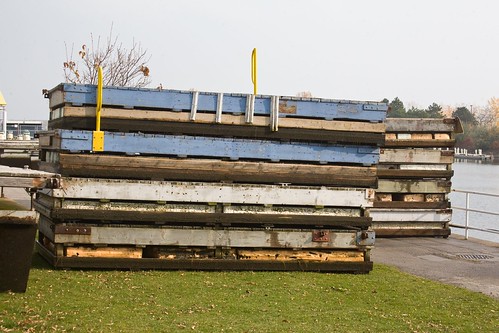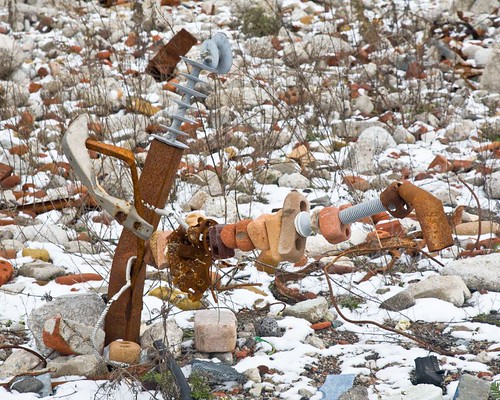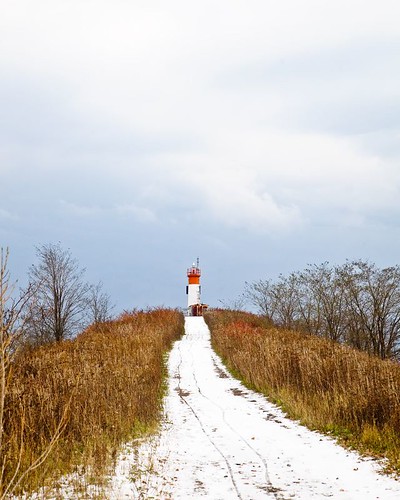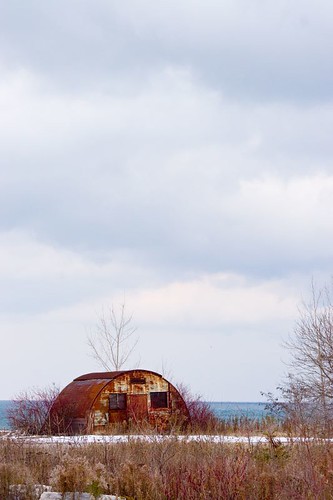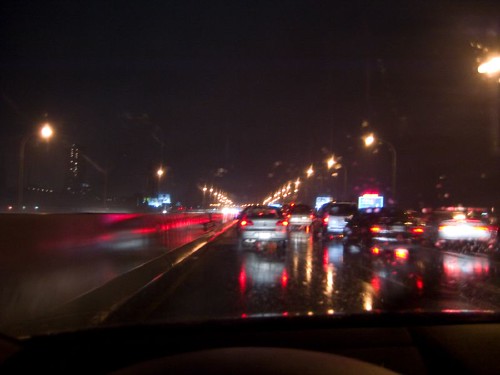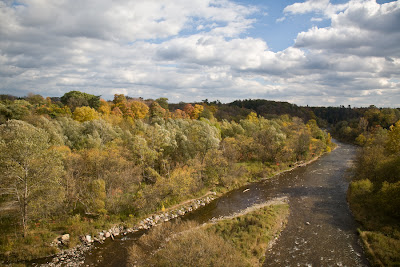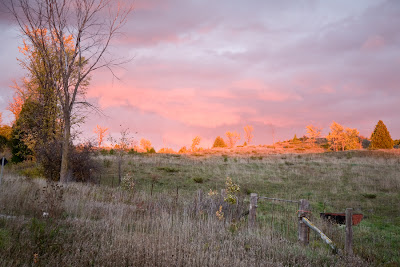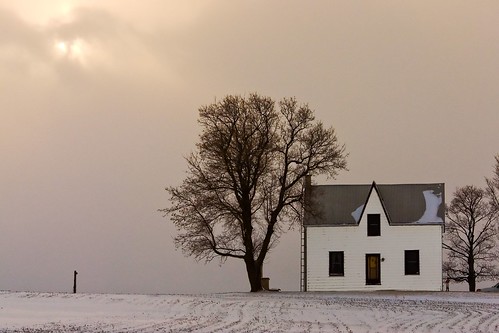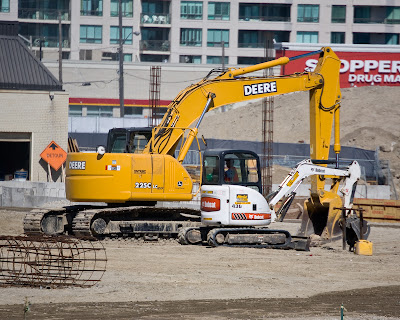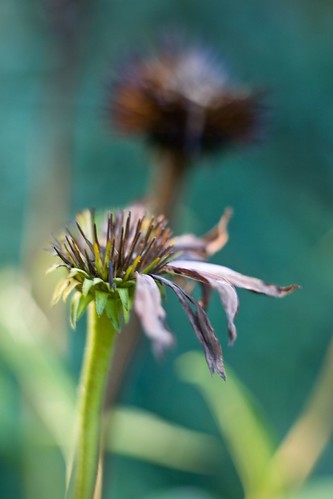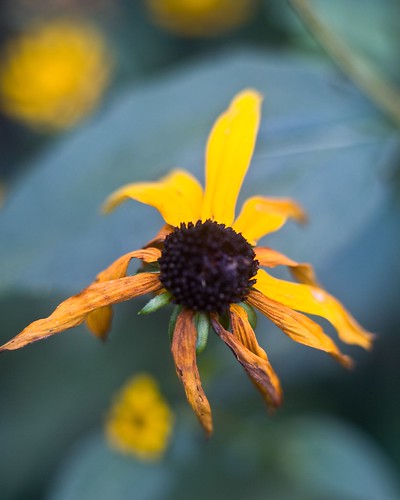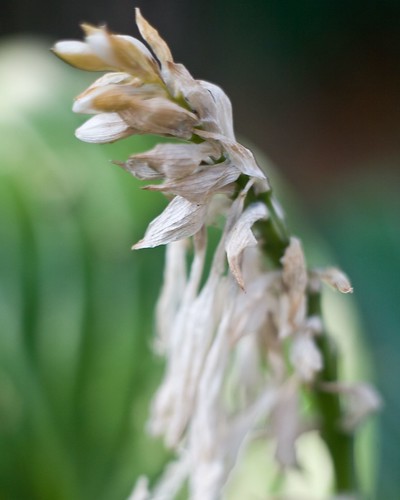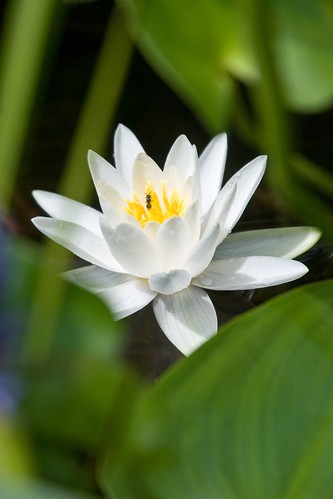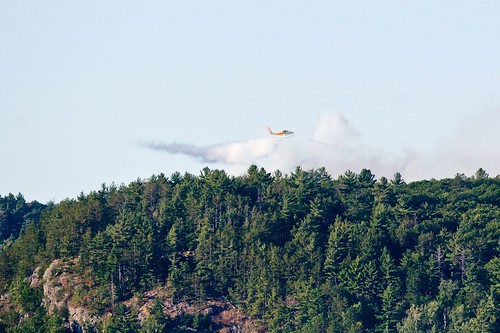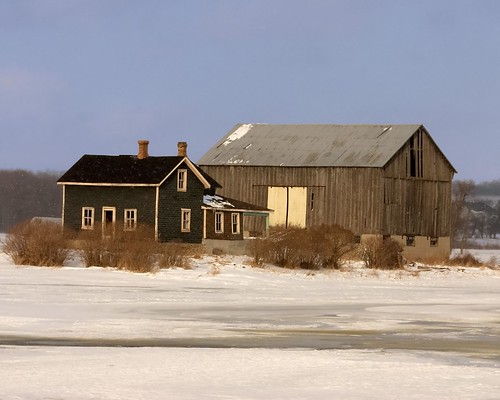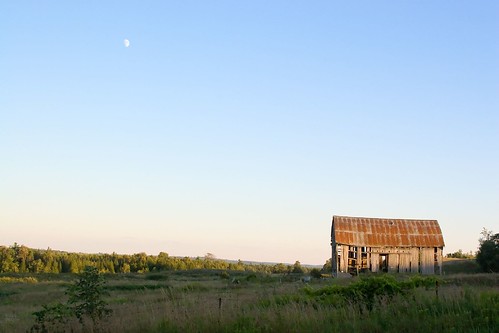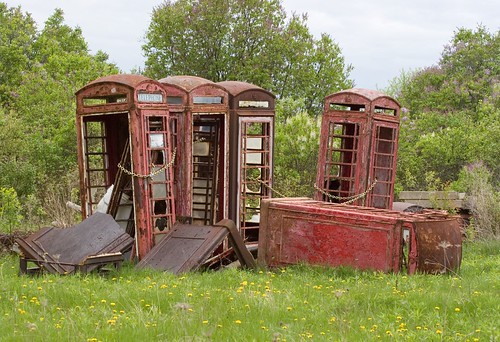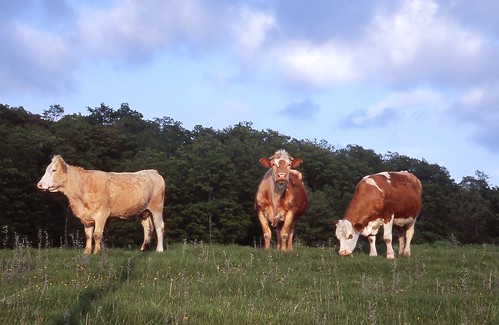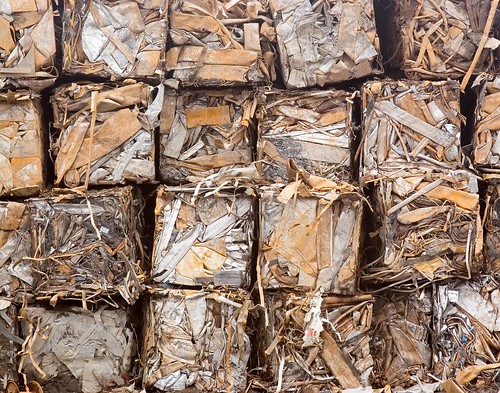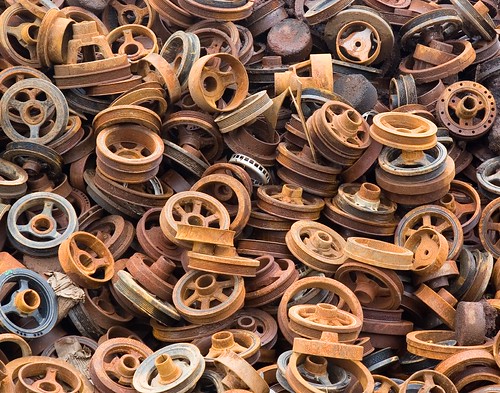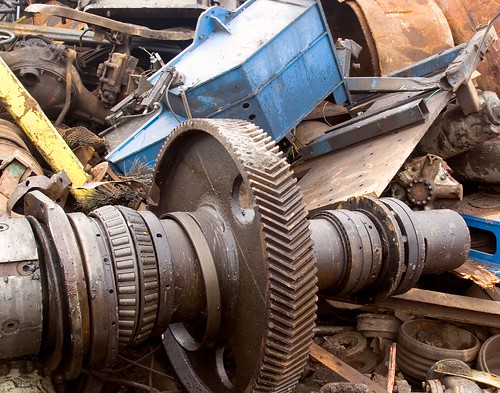There has been a lot of buzz lately about new papers for inkjet printers that use pigment inks. Epson has jumped on the bandwagon with its Epson Exhibition Fiber Paper (see Michael Reichmann's report
here). I've been experimenting with different papers, but my bank account is not unlimited (probably a common affliction shared with many of you), so my experience is not as encyclopaedic as Michael's.
However, I have tried a variety of papers and the results have been interesting. Before I divulge my faves, let's do some recapping of the types of paper out there. Basically, if you have an inkjet printer that uses pigment inks (e.g. Epson R800, R1800, R2400, R3800 etc.) you have a choice between cotton rag-based paper and plastic-coated paper. Matte papers tend to be the former and glossy papers tend to be the latter.
Cotton rag papers can be objet's d'art in themselves. They are a lovely off-white colour (unless brightened with chemicals) and have a nice tactile feel to them. If you like to paw your images, then these papers are for you! Unfortunately, pigment on cotton rag doesn't quite have the depths of black possible with glossy papers, so your prints may have less detail in the shadows and may suffer from a lack of dynamic range.
Plastic-coated (sometimes called RC) papers are not pleasant from an esthetic point of view. They have a sheen to them that can be quite blinding when viewed from an angle. But, they do have more dynamic range and you'll see more shadow detail with them.
Can't someone make a glossy inkjet paper with the tactile advantages of cotton rag? But of course - that's where the new fibre papers come in. They are cotton rag papers with a non-plastic coating (sometimes baryta, sometimes something else) that creates a modest sheen and allows the use of photo black inks. The results are supposed to rival plastic-coated papers for dynamic range without losing the lovely tactile feel of the cotton rag. These papers are also supposed to resist geometric metameric failure, a situation where inks appear to match when viewed head-on, but seem to separate into gloss and non-gloss when viewed from an angle.
Here are the papers I've used so far:
Matte: My staple for home photo use and for printing works in progress is Epson Ultra Premium Presentation Paper. It's a very bright, very synthetic paper that has no pretences at being a fine art paper. But, it is pretty inexpensive and shows very nicely alongside more expensive matte papers as long as you don't touch it.
Going up the ladder, the next stop is Premier fine art paper. This is a cotton rag paper and it does have a nice tactile feel to it. It is off-white in colour and works for a lot of images. It is quite thick, so you'll have to wrestle with the paper feed on an R800 or R1800. The dynamic range is acceptable for images with lower contrast. My local supplier (
http://www.ccbc-club.com/) sells this paper at a very reasonable price.
The top of the ladder for me is Moab Entrada. This paper has a lovely feel and texture to it and reproduces photographs extremely well. I use this for over half of my finished images because it feels good, looks good and is easy to handle.
Gloss Papers: I don't much like the esthetics of glossy papers, but there are times when a print has a lot of contrast and just doesn't show well on matte papers. And, as many will tell you, once you put the image behind glass in a frame, the esthetic differences between matte and gloss disappear and you're only conscious of the dynamic range of the image.
My one and only gloss paper is Premier Premium Photo Micropore Luster. It stacks up well against the Epson papers that I've tried and it sells for a lot less at ccbc club.
Fibre Papers: There is a lot of buzz about this new category. Some seem to love the new papers, while others complain that these papers still don't approach the old-fashioned prints that we used to make in the lab in the good old days. Frankly, I only took up photography when it became accessible as a digital art, so I don't much care about the old days.
I don't get free samples like Michael Reichmann, so I bought the only paper that is sold locally and that would be Hahnemuhle Fine Art Pearl. It is a gorgeous paper, very nice to handle, with just a hint of a sheen on the surface. I did two prints with it: a landscape scene (see previous post) with fall colours and a river and a photo of my daughter and her boyfriend. The landscape came out very well. The dynamic range of the paper is right up there with plastic luster paper and the image has a really nice glow about it, like there's a source of light in the trees beside the river.
The portrait didn't do so well. First, the ICC profiles for the R1800 gave the skin tones a green cast. I googled around for other people's experiences with this paper and there seemed to be a lot of talk about black and white prints with a green cast and the blame seemed to point to the Epson black inks, but the ICC profile is supposed to compensate for that and doesn't. I tried a profile for Epson semi-gloss paper and got a better result with less green.
In addition, there is an area on the portrait where there is a dark green tree in a distant corner of the room. Unfortunately, the dreaded geometric metameric failure showed up in this area. It looked fine head-on, but when viewed from an angle, the tree leaves didn't seem to have any sheen. This is surprising considering that the R1800 has a gloss optimizer ink and I was using it with a gloss setting.
So, thumbs down on the Hahnemuhle FAP for portraits and a cautious thumbs-up for landscapes. At $2.00 a sheet, I'm not going to go out and buy a lot of it.
For now, I'll continue to use Moab Entrada for matte work and Premier Premium Photo Micropore Luster for gloss work.
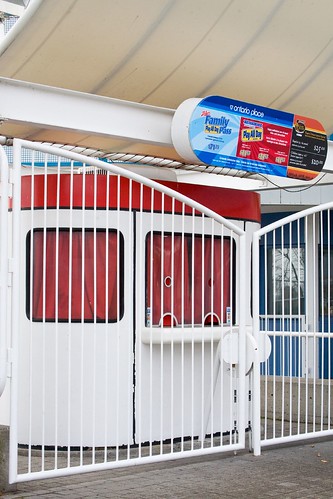
 Strong horizontal and vertical lines suggest imprisonment. We are being kept out, but something is also being kept in.
Strong horizontal and vertical lines suggest imprisonment. We are being kept out, but something is also being kept in.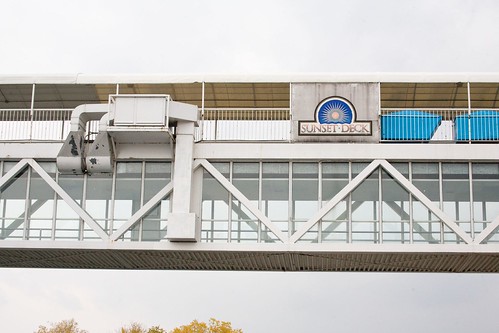 Who (or what) are the inmates of this prison? Certainly, we know that the chairs will never leave.
Who (or what) are the inmates of this prison? Certainly, we know that the chairs will never leave.
